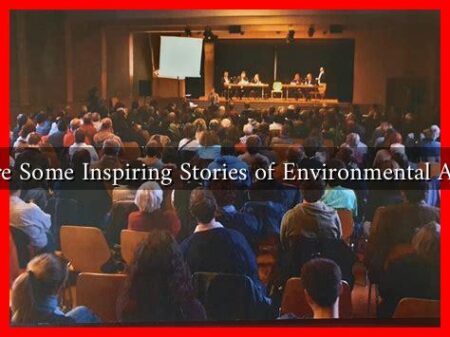-
Table of Contents
What Cinematic Techniques Are Used in the Uncharted Movie?
The “Uncharted” movie, released in 2022, is an adaptation of the popular video game series developed by Naughty Dog. Directed by Ruben Fleischer and starring Tom Holland as Nathan Drake and Mark Wahlberg as Victor “Sully” Sullivan, the film aims to capture the adventurous spirit of the games while introducing cinematic techniques that enhance storytelling. This article explores the various cinematic techniques employed in the “Uncharted” movie, providing insights into how they contribute to the film’s overall impact.
Visual Storytelling Through Cinematography
Cinematography plays a crucial role in establishing the film’s tone and atmosphere. The “Uncharted” movie utilizes several techniques to create a visually engaging experience:
- Dynamic Camera Angles: The film employs a variety of camera angles, including low-angle shots that emphasize the grandeur of the settings and high-angle shots that create a sense of vulnerability for the characters.
- Tracking Shots: These shots follow characters through action sequences, immersing the audience in the fast-paced adventure. For instance, the chase scenes through urban landscapes are enhanced by smooth tracking shots that maintain momentum.
- Color Grading: The film uses a warm color palette to evoke a sense of nostalgia and adventure, reminiscent of classic treasure-hunting films.
Editing Techniques That Build Tension
Editing is another critical aspect of the “Uncharted” movie that contributes to its pacing and tension.
. The film employs several editing techniques:
- Fast Cuts: Quick cuts during action sequences create a sense of urgency and excitement, keeping viewers on the edge of their seats.
- Cross-Cutting: The film frequently uses cross-cutting to juxtapose different storylines, heightening suspense as viewers see multiple perspectives on the unfolding action.
- Montage Sequences: These sequences condense time and showcase character development, such as Nathan Drake’s training and preparation for his adventures.
Sound Design and Music
Sound design and music are integral to creating an immersive cinematic experience. The “Uncharted” movie employs various techniques in this area:
- Diegetic and Non-Diegetic Sounds: The film skillfully blends diegetic sounds (sounds that originate from the film’s world) with non-diegetic sounds (background music) to enhance emotional moments and action sequences.
- Score Composition: The musical score, composed by Ramin Djawadi, incorporates themes that resonate with the adventurous spirit of the film, echoing the iconic soundtracks of the video games.
- Sound Effects: Realistic sound effects, such as the clinking of treasure and the roar of engines, add depth to the film’s action scenes, making them more engaging.
Production Design and Visual Effects
The production design and visual effects in “Uncharted” are pivotal in bringing the film’s adventurous world to life:
- Set Design: The film features meticulously crafted sets that reflect various global locations, from ancient ruins to modern cities, enhancing the authenticity of the treasure-hunting narrative.
- CGI and Practical Effects: A blend of CGI and practical effects is used to create breathtaking action sequences, such as the iconic plane scene, where characters are seen fighting mid-air.
- Location Shooting: Filming in real-world locations adds a layer of realism, making the adventure feel tangible and relatable.
Conclusion: The Art of Cinematic Storytelling
The “Uncharted” movie successfully employs a range of cinematic techniques that enhance its storytelling and engage audiences. From dynamic cinematography and fast-paced editing to immersive sound design and stunning visual effects, each element contributes to the film’s adventurous spirit. By blending these techniques, the filmmakers have created a cinematic experience that resonates with both fans of the video game series and newcomers alike.
In summary, the “Uncharted” movie exemplifies how effective cinematic techniques can elevate a film, making it not just a visual spectacle but also a compelling narrative experience. As audiences continue to seek engaging stories, the successful integration of these techniques will remain a vital aspect of filmmaking.
For more insights into cinematic techniques, you can explore resources like IndieWire and Filmmaker IQ.





